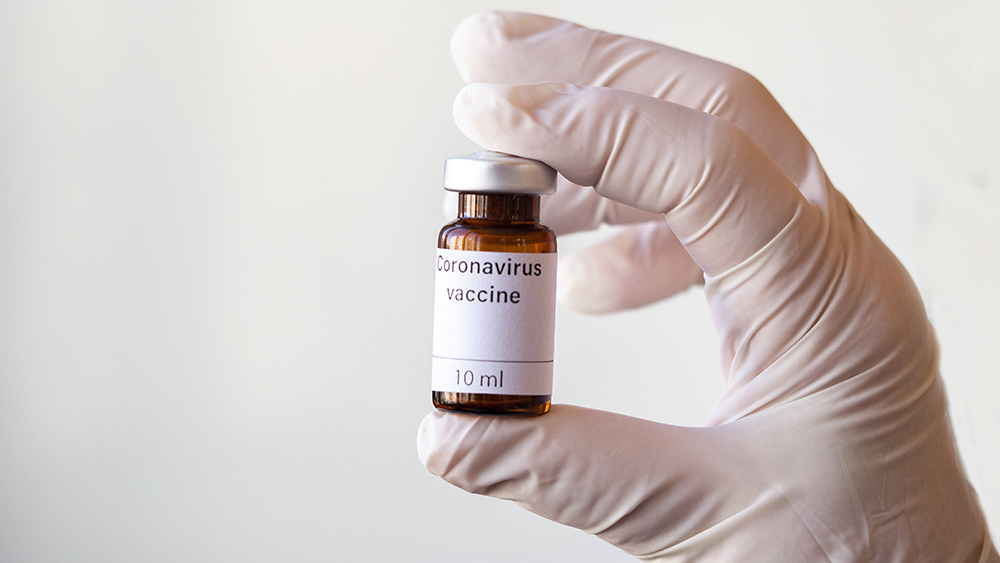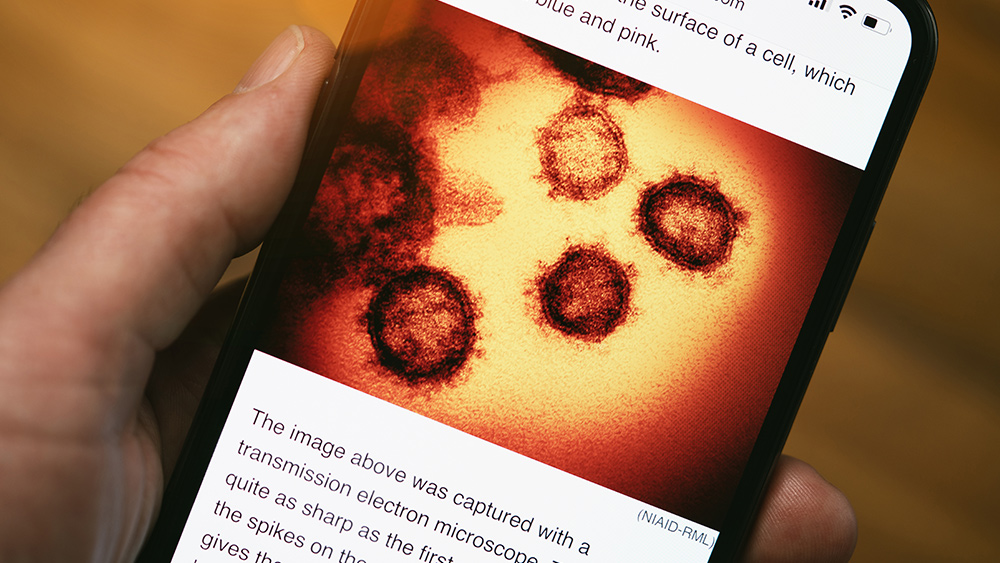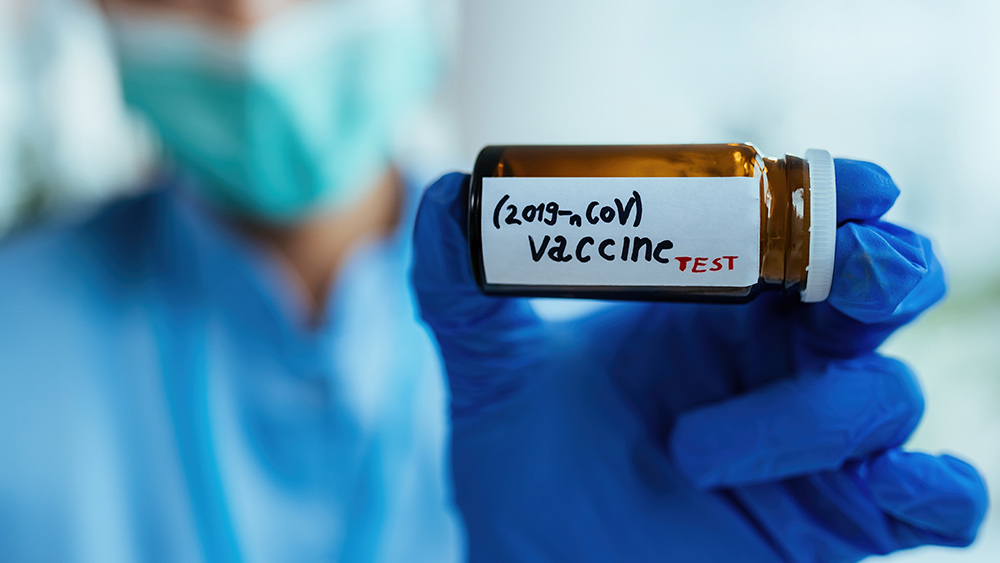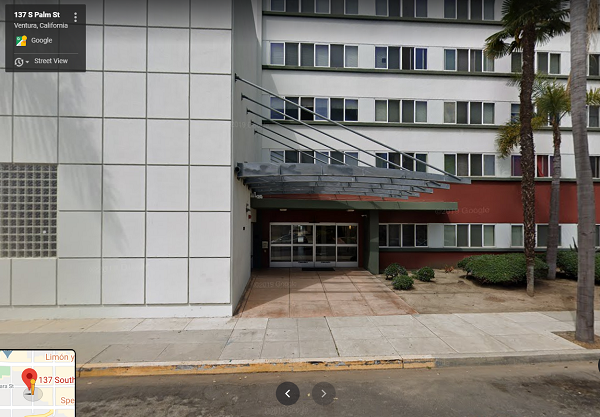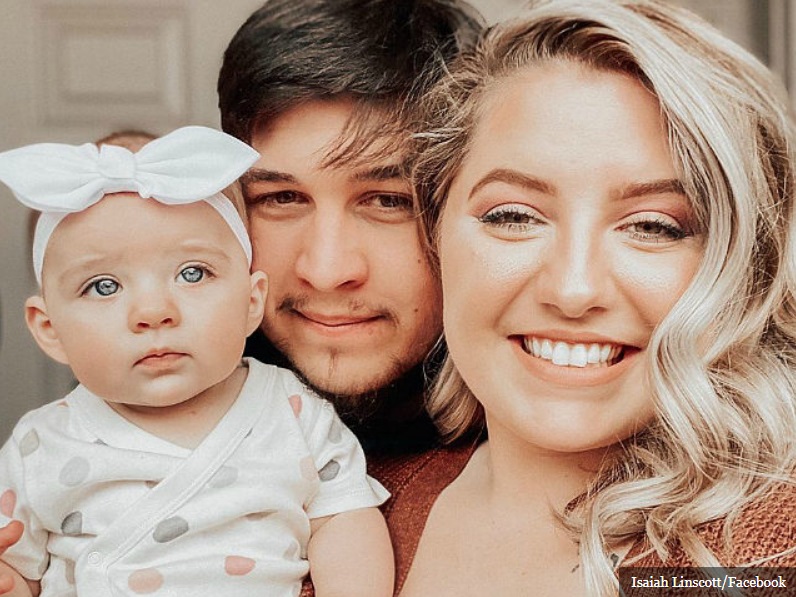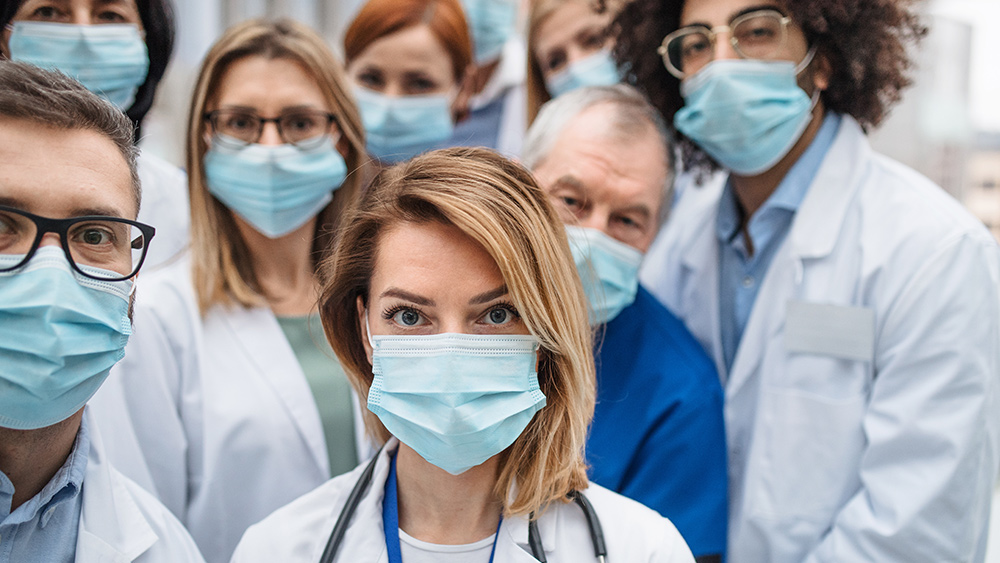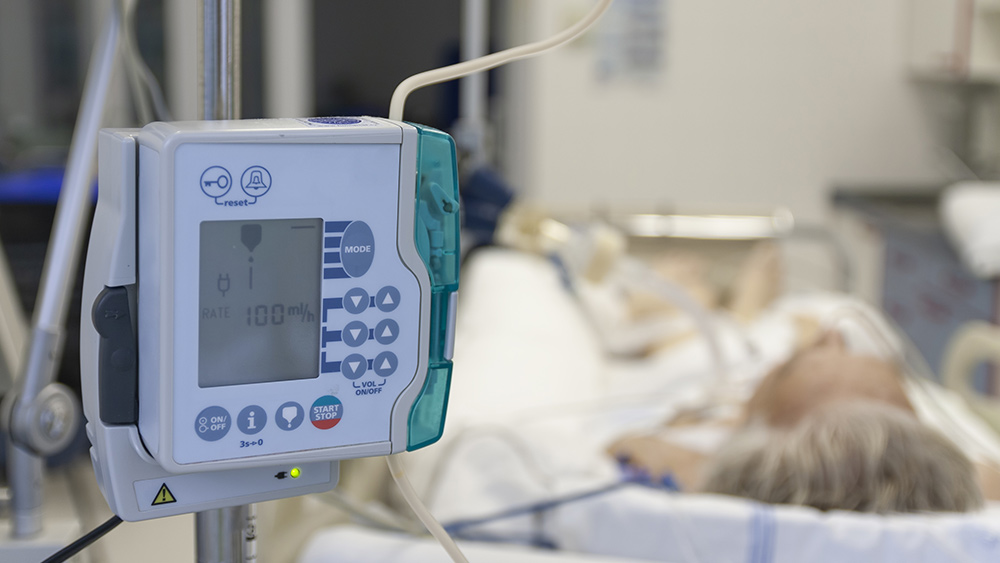New Delhi’s infection rate now exceeds New York City, antibodies found in nearly 25% of residents
07/22/2020 / By Ralph Flores

As COVID-19 continues to rip through India, the latest government data reveals that infection rates in New Delhi are now higher than any major city. Public health experts are increasingly concerned, as coronavirus infection rates in the capital city are now higher than that of New York City during the height of its outbreak.
In particular, the initial results of a serological survey in New Delhi revealed that around 23 percent of individuals – or nearly one in four people – showed signs of an immune response that indicated past exposure to the virus.
According to the National Center for Disease Control (NCDC), the country’s lead agency for outbreak research, the figures do not only indicate the presence of widespread infection, but it also highlights the risk that residents face in one of the most densely populated cities in India.
One in five people may have had COVID-19
Based on the results of the serosurvey, a total of 23.48 percent of those sampled had IgG antibodies present in their system. Many of those sampled had not displayed obvious symptoms. To note, having IgG antibodies – or immunoglobulin G – means that a person’s immune system has responded to that particular infection, in this case, COVID-19.
This positivity rate – that is, the percentage of people who test positive of those overall who have been tested – is higher than that of New York City. In comparison, New York City had a positivity rate of 22.7 percent at the height of its outbreak, according to a study by the New York State Department of Health and the University at Albany.
Experts warn that the results could mean that actual infection rates for the coronavirus are higher. The data also suggests that coronavirus caseloads in India’s big cities may be significantly higher than official numbers – a fact that Prime Minister Narendra Modi’s government has yet to acknowledge. (Related: Coronavirus update: India now third country to have more than 1 million confirmed cases.)
“This figure from New Delhi is at the higher end, suggesting there may have been wider exposure and less effective distancing,” said Danny Altmann, a professor at Imperial College London who specializes in the immune system.
The serosurvey, which ran from June 27 to July 10, tested a total of 21,387 residents of New Delhi. In a statement, the NCDC said that while the tests were done to provide information about past COVID-19 infections, having it done constantly would generate important evidence that will help researchers assess the spread of the pandemic.
Despite the high rate of infection, Altmann adds that it’s still far below the 60 percent required to achieve natural herd immunity. This is also complicated by the fact that herd immunity requires durable natural antibodies, which he says “now looks less likely.”
Containment measures taking effect
There’s still a silver lining to the situation. Experts predict that local social distancing measures are starting to take effect, making it more difficult for the virus to spread.
By comparison, positivity rates for antibodies in other cities are much smaller. London has only 15 percent, and Madrid only has 10 percent despite being among the regions hit hardest by the virus. Tokyo’s rate is much smaller than the two cities, with just 4 percent developing antibodies.
Meanwhile, over 70 percent of residents in Iquitos, an Amazonian city in Peru with a population of 500,000, has developed antibodies for COVID-19, suggests a preliminary study.
Still, experts are still unsure if the antibodies developed in response to COVID-19 will even last. In addition, they’re still exploring whether recovered patients are still prone to reinfection, or even complications. Initial studies have shown that antibodies may disappear in just a few months.
“Antibodies are only one component of immunity and recent studies?…?suggest that the prevalence of cellular immune responses to the virus are about twice the prevalence of antibodies,” explained Eleanor Riley, an infectious disease expert at the University of Edinburgh. “The only way we will know for sure if people are immune is when we see whether people who were infected in the first wave are reinfected if there is a second wave.”
Pandemic.news has more on the Wuhan coronavirus outbreaks.
Sources include:
Tagged Under: coronavirus, covid-19, government, healthcare, India, infections, Narendra Modi, outbreak, pandemic, Public Health, quarantine, reopening, superbugs, virus
RECENT NEWS & ARTICLES
COPYRIGHT © 2017 OUTBREAK NEWS


